M- Governance
- Home
- M- Governance

M-Governance
“M-Governance, or Mobile Governance, refers to the use of mobile technology to facilitate government services and interactions with citizens. Through mobile applications and services, citizens can access government information, submit requests, and participate in governance processes conveniently from their smartphones or tablets. M-Governance enhances accessibility, transparency, and efficiency in the delivery of public services, empowering citizens and promoting inclusivity. This approach fosters citizen engagement, fosters accountability, and contributes to the advancement of e-governance initiatives.”
- Definition of M-Governance:
- – M-Governance refers to the use of mobile technology to deliver government services and information to citizens.
- Accessibility:
- – Provides citizens with easy access to government services and information via mobile devices such as smartphones and tablets.
- – Overcomes barriers of distance and time, enabling citizens to engage with government services remotely.
- Service Delivery:
- – Facilitates the delivery of various government services, including utility bill payments, tax filings, license renewals, and public health information.
- – Offers convenience and efficiency by digitizing and streamlining bureaucratic processes.
- Information Dissemination:
- – Distributes critical information to citizens in real-time, such as emergency alerts, weather updates, and public announcements.
- – Improves dissemination of government policies, programs, and initiatives to a wider audience.
- E-Government Integration:
- – Integrates with existing e-government platforms and systems to enhance service delivery and administrative efficiency.
- – Ensures interoperability and compatibility with government databases and infrastructure.
- Technological Innovations:
- – Utilizes emerging technologies such as mobile apps, SMS notifications, and mobile-friendly websites to deliver M-Governance services.
- – Explores the potential of technologies like biometrics and geolocation for secure and personalized interactions.
- Inclusivity and Accessibility:
- – Addresses digital divide challenges by providing mobile-based services that are accessible to a wide range of users, including those in remote or underserved areas.
- – Ensures that M-Governance solutions are user-friendly and inclusive, considering factors like literacy levels and language diversity.
- Security and Privacy:
- – Implements robust security measures to protect citizen data and ensure confidentiality in M-Governance transactions.
- – Adheres to privacy regulations and guidelines to safeguard personal information collected through mobile interactions.

